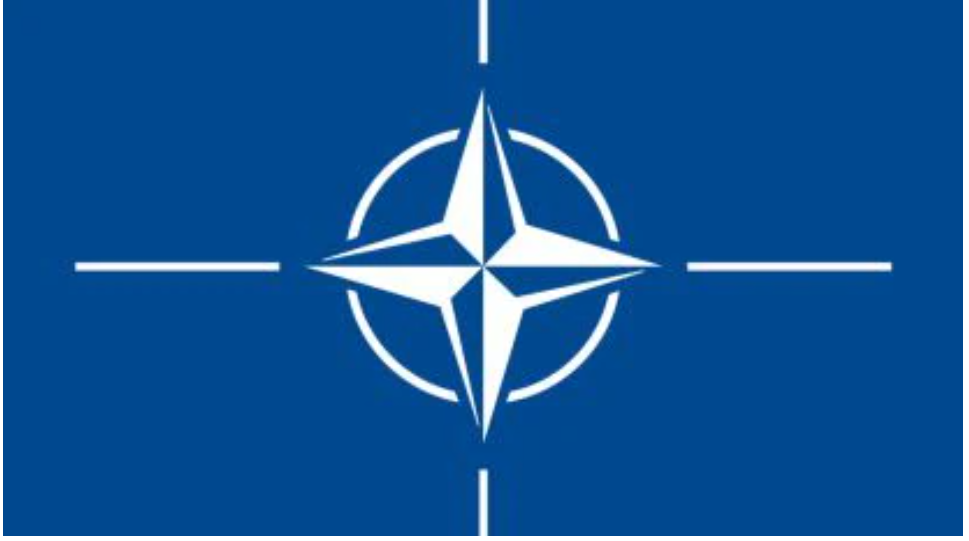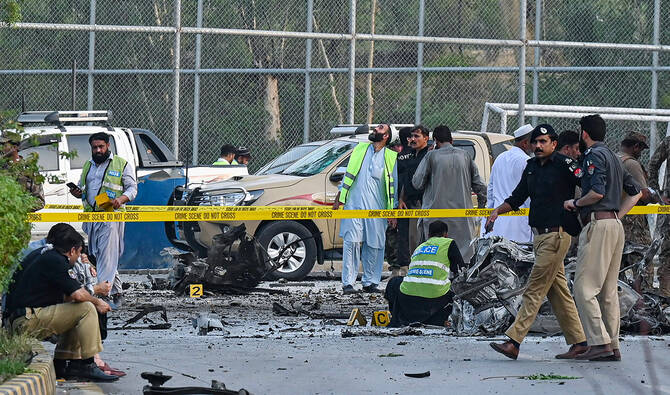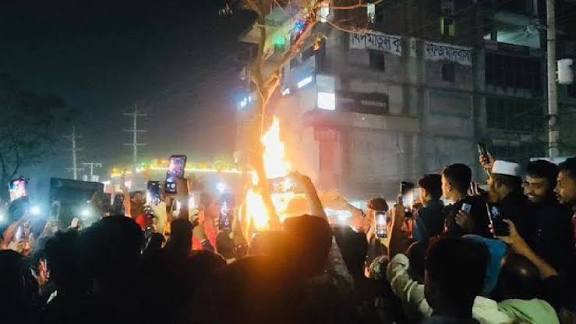By_shalini oraon

_Of all the places a parent seeks solace, a hospital ward for a child with a chronic illness is a sanctuary built on trust. It is a place where the fight is against a known enemy—in this case, thalassemia—a genetic blood disorder requiring regular blood transfusions to sustain life. For five families in Jharkhand, this sanctuary was violently breached, not by a failure of medicine, but by a catastrophic failure of the system. Their children, already battling a lifelong condition, have now been diagnosed with HIV, allegedly through the very transfusions meant to keep them alive. This is not just a medical negligence case; it is a profound human tragedy and a damning indictment of India’s blood transfusion infrastructure.
The Scourge Within: Thalassemia and the Lifeline of Blood
Thalassemia is a relentless inherited blood disorder characterized by the body’s inability to produce adequate hemoglobin. This leads to severe anemia, fatigue, jaundice, and stunted growth. For those with the major form of the disease, the only lifeline is regular packed red cell transfusions, often every few weeks. This treatment is not a cure; it is a maintenance therapy that allows children to grow, study, and live relatively normal lives, albeit with the constant shadow of iron overload and other complications.
This lifeline, however, is only as strong as the system that provides it. The safety of the blood supply is paramount. In India, the National Blood Policy mandates a rigorous protocol for blood donation and transfusion, centered on the use of ELISA (Enzyme-Linked Immunosorbent Assay) test kits, which are highly effective at detecting HIV, Hepatitis B, Hepatitis C, and other transfusion-transmissible infections. The tragedy in Jharkhand suggests that this protocol was rendered meaningless.
The Jharkhand Horror: A Timeline of Betrayal
The outlines of the case, as it has emerged, point to a chain of failures so severe it borders on the criminal.
· The Patients: Five children, all regulars at a government-run hospital in Jharkhand’s Jamtara district, undergoing transfusions as part of their thalassemia management.
· The Discovery: During routine check-ups, the unthinkable was confirmed. All five children tested positive for HIV. The common thread, identified by frantic parents and a subsequent preliminary investigation, was a series of blood transfusions they had received at the facility.
· The Allegation: The core accusation is that the blood used in these transfusions was not properly screened. The blood bags, reportedly supplied by the government’s own blood bank, either bypassed mandatory testing entirely or were tested with such negligence that the HIV contamination went undetected.
· The Fallout: The news has sparked outrage, grief, and panic. The families, already burdened with the emotional and financial strain of managing thalassemia, now face a new, terrifying reality: their children are HIV-positive. The incident has also triggered a wave of fear among other thalassemic children and their families across the state, who now question the safety of their essential treatment.
A Cascade of Systemic Failures
To blame a single individual or a lone test kit is to miss the larger, more horrifying picture. The infection of these five children is likely the result of a multi-layered systemic breakdown.
1. The Primary Failure: Compromised Blood Screening: The most immediate cause is the failure of the ELISA test. This could be due to:
· Faulty Kits: The use of expired or sub-standard testing kits.
· Human Error: Technicians skipping the test altogether due to workload, negligence, or a callous disregard for protocol.
· “Window Period” Donations: While a possibility, this is a less likely primary cause for a cluster of five cases. The window period—the time between infection and when a test can detect it—is a known risk, but robust systems use nucleic acid testing (NAT) to minimize this window. NAT is not mandatory in all Indian blood banks due to cost.
2. The Regulatory Collapse: The blood bank in question operates under the license and supervision of the State Drug Controller and health department. Where were the routine inspections? Were the records of blood collection, testing, and distribution ever audited? The incident suggests a regulatory body that was either absent, understaffed, or complicit in turning a blind eye to malpractice.
3. The “Donor” Problem: India still relies heavily on replacement donors (where a patient’s family arranges for a donor to replace the used blood) rather than a robust, voluntary, non-remunerated blood donation system. Replacement donors can sometimes be coerced or paid, and may hide their medical history, including high-risk behaviors, to complete the transaction. A voluntary donor pool is statistically safer.
4. The Larger Apathy: This incident is a symptom of a chronic ailment within the public health system: chronic underfunding, infrastructural neglect, and a lack of accountability. When blood banks are seen as cost centers rather than vital lifelines, quality assurance is often the first casualty.
The Double Life Sentence: Living with Thalassemia and HIV
The human cost of this failure is immeasurable. These children have been handed a double life sentence.
· Compounded Medical Burden: Managing thalassemia requires chelation therapy to remove excess iron and monitoring for organ damage. HIV management requires a strict, lifelong regimen of antiretroviral therapy (ART), which has its own side effects. The interaction between the two conditions and their treatments is complex and will require highly specialized, lifelong care.
· Stigma Squared: The stigma associated with thalassemia is challenging enough. Now, these children and their families must confront the deep-seated, paralyzing stigma of HIV. They face the risk of social ostracization, discrimination in schools, and a future shadowed by prejudice.
· Psychological Trauma: The trauma of the diagnosis, the betrayal of trust, and the anxiety about the future will leave deep psychological scars on both the children and their parents. The feeling of being failed by the very system meant to protect them is a unique and devastating form of hurt.
A Recurring Nightmare and the Demand for Justice
Tragically, the Jharkhand incident is not an isolated one. From Unnao in Uttar Pradesh to other parts of the country, similar cases of HIV transmission through contaminated blood have surfaced over the years. Each time, there is public outrage, promises of action, and then a slow return to the status quo.
This time, the response must be different. The National Human Rights Commission (NHRC) has taken suo motu cognizance, and the state government has suspended some officials and ordered a probe. But this is not enough.
Justice for these five children and the prevention of future horrors require:
· A Criminal Investigation: This must be treated not as mere negligence but as culpable homicide. Those responsible for authorizing the release of untested or poorly tested blood must be prosecuted to the fullest extent of the law.
· A Systemic Overhaul: A mandatory, third-party audit of all blood banks in the state, and ideally the country, is needed. The government must consider making NAT testing mandatory for all blood donations, despite the cost, because the human cost of not doing so is far greater.
· Comprehensive Compensation: The state must provide not just a one-time financial compensation, but a guarantee of lifelong, free, and high-quality medical care for the treatment of both thalassemia and HIV for these children.
· Strengthening Voluntary Donation: A massive push to build a network of voluntary, repeat blood donors is essential to improve the safety and sustainability of the blood supply.
The story of the five children in Jharkhand is a chilling reminder that in healthcare, there is no room for compromise. When protocols are treated as suggestions and accountability is absent, the lifeline of blood becomes a poison. Their stolen futures must become the catalyst for a transformation that makes India’s blood supply safe, secure, and worthy of the trust that every patient and their family must place in it. The price of failure is not just a headline; it is a child’s life, irrevocably broken.
Discover more from AMERICA NEWS WORLD
Subscribe to get the latest posts sent to your email.









































Leave a Reply